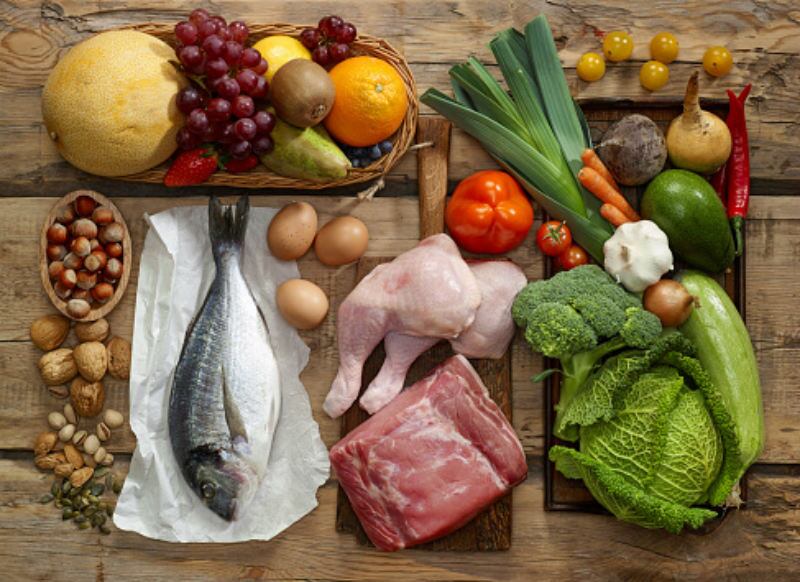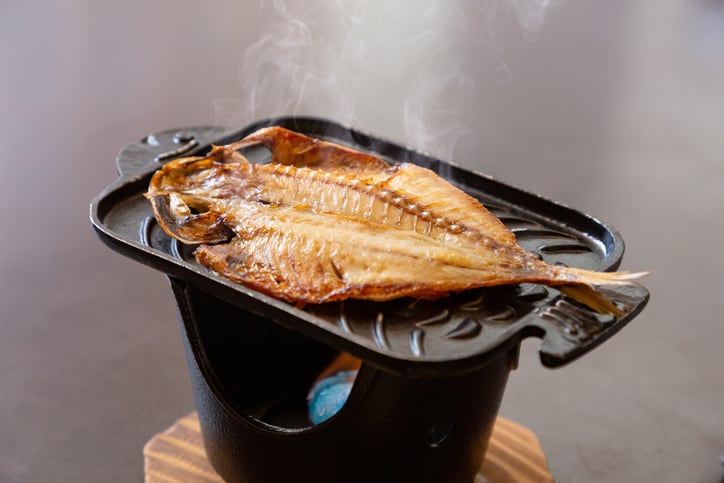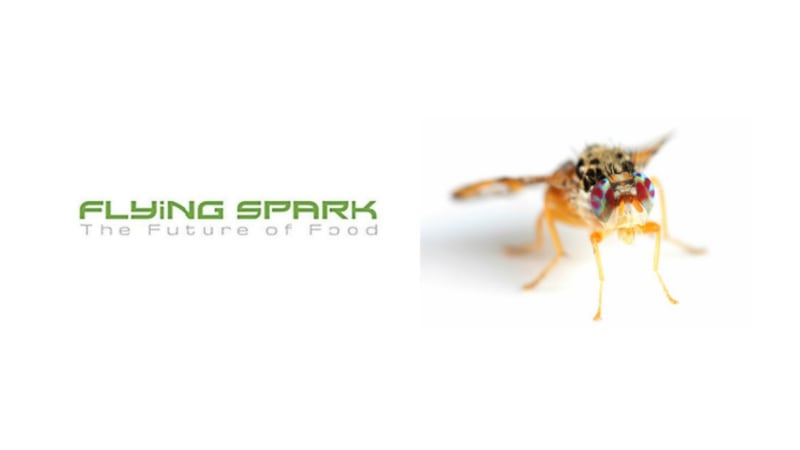According to the study’s principal investigator Professor Rudolf Meier, the study’s initial focus was both on mislabeling rates as well as to identify a fast, cost-effective technology to tackle food mislabeling and authentication in the industry.
A major area of focus was on DNA sequencing technology MinION, which the researchers used this to sequence 105 samples of fresh and frozen seafood products obtained from local supermarkets and restaurants.
The product samples were either of single species in origin (single-species) or comprised of multiple types of seafoods (mixed-species).
“We [found] comparatively low levels of clear-cut mislabelling for single-species samples (7.6 %) while the rates are higher for mixed-species samples (38.5 %). These low rates are somewhat deceptive, however, because of the widespread use of vague common species names that do not allow for a precise assessment of the expected ingredients,” said the study.
Two major problem areas were identified as a result of this analysis: The use of cheaper seafood ingredients to replace more costly ones, and the detection of pig DNA in what were supposed to be purely seafood products.
“It’s rare that mislabeled seafood is a health hazard. For example, none of the mislabeled items in our study would have caused any harm if they had been eaten,” Prof Meier told FoodNavigator-Asia.
“The main threats to health are allergies caused by ingredients that are not listed and the occasional sale of poisonous fish (e.g., pufferfish) under an innocuous name.
“But there are other harms. Many consumers use the list of ingredients in order to avoid certain products for religious or ethical reasons. Mislabeling undermines the ability to choose and weakens the trust of consumers in food safety.”
Pig DNA detection in non-pork products
Pig DNA was detected in products labelled as cuttlefish balls or prawn balls, mirroring a similar incident reported in the Philippines last year where both pig and chicken DNA were detected in seafood products labelled as fish, squid or shrimp balls.
“We initially suspected lab contamination, but the same seafood brand repeatedly yielded pig DNA in five samples which were bought at different times and places,” said the authors.
This is where Prof Meier’s concerns with regard to religious and ethical issues come in.
“[The] samples were not labelled as halal or kosher, but such cases do highlight the need for regular testing of heavily processed, multi-species seafood samples.”
The brands and manufacturers of the products that were analysed in this study were not revealed.
Creative labelling and low-quality substitutions
“With regard to the clearly mislabelled single-species products, higher-value products [were] replaced with lower-value ingredients while more serious problems [were] observed for mixed-species samples,” said the authors.
Some common targets of mislabelling were the substitution of halibut by arrowtooth flounder and wild-caught Atlantic salmon by chum salmon, or labelling a product as a ‘crustacean’ one (e.g. prawn, crab, lobster) when it only contained fish.
“Halibut is a more highly valued fish compared to arrowtooth flounder, which tends to develop a soft and mushy texture when cooked,” said the study.
“It is [starting] to regularly show up in mislabelling studies, [and] we submit that explicit regulation is needed that requires that arrowtooth flounder be labelled as such. In addition, fast detection techniques targeting this species should be developed.”
In addition, 100% of all mixed-species samples labelled as containing crustaceans were found to only contain fish DNA – six out of eight samples had only fish listed as ingredients, despite the names on their labels, whereas two more listed shrimp meat or prawn powder in addition to fish.
“We were unable to find any crustacean DNA in all eight samples,” said the authors.
“Fish DNA was abundant and we suspect that overall, many of these products do not include any or only minuscule amounts of crustacean tissues.
“We suggest that this ‘creative labelling’ misleads consumers because the main product label indicates crustacean content and the fine print needs to be examined in order to determine that the product does not actually contain crustaceans.”
Current labelling rules’ shortcomings
According to the study, Singapore’s Sale of Food Act only states that labels need to provide a name or description which is ‘sufficient to indicate the true nature of the food’, whereas ‘fish’ is defined as any aquatic organism commonly consumed by humans, excluding mammals, but explicitly including crustaceans and molluscs.
“This rules out egregious cases of mislabelling such as the use of pork in seafood products, but it allows for creative labelling,” said the authors.
“Arguably, this state of affairs is no longer in line with the expectation of today’s consumers who expect labels to be precise. This suggests that there may be a need for a regulatory update.”
“We conclude that there is a need for more regular testing of seafood samples and [also] emphasise the need for developing clearer labelling guidelines.”
Examination of the act as published on the Singapore Statutes Online website showed that this appears slightly different as of November 18. The paper’s definition cannot be found within the act.
Under the sections of the act concerning false labelling and product quality, it says instead that products must not be ‘labelled or advertised in a manner that is false, misleading or deceptive or is likely to create an erroneous impression regarding its value, merit or safety’, and cannot be ‘not of the quality or not of the nature, or not of the substance of the food demanded by the purchaser’. No amendments have been made to these sections since 2002.
The definition of fish remains similar though, which validates the authors’ concerns of ‘creative labelling’ as a clear issue for processed seafood products.
As for who the parties that ought to be responsible for administering these regular tests might be, Prof Meier commented that this was ‘difficult to predict’ as it ‘partially depends on enforcement’.
“My prediction would be that if authenticity is regularly checked, the producers will stop mislabeling food because it is not worth the risk. Some producers and restaurants may also want to use the tool as a value-added service to the customers,” he said.
All in all, he concluded that although achieving ‘all-inclusive’ labelling guidelines is ‘not easy’, this should become easier as we are entering an era where much of the available seafood is farmed.
“The common and scientific name should be provided on the list of ingredients and there should be clear rules as to which common name can be used for which fish species,” he said.
“For highly processed seafood products, all significant ingredients should be listed and all listed ingredients should be present in a reasonable quantity.”
Study: MinION sequencing of seafood in Singapore reveals creatively labelled flatfishes, confused roe, pig DNA in squid balls, and phantom crustaceans
Source: bioRxiv 826032
https://doi.org/10.1101/826032
Authors: Ho, Jonathan K.I. et. al.





